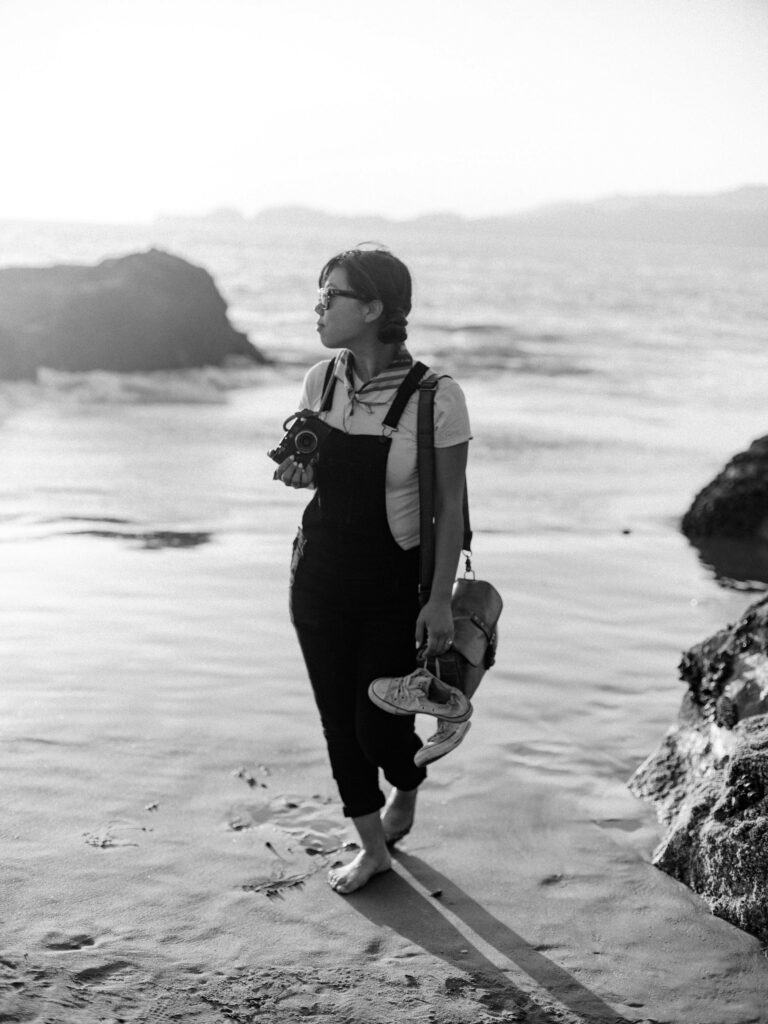Background music is a vital part of any visual medium, and YouTube videos are no different. The right music can set the tone for your entire video, and make the audience more receptive to your content.
Unfortunately, using music in YouTube videos can be difficult. The platform strictly enforces its copyright policies, flagging videos that contain copyrighted content. These videos are demonetized or even deleted outright.
That’s where royalty-free music comes into play. This music is in the public domain, making it free to use in your videos.
How does it work? What’s the difference between copyright-free music and copyrighted music? And how can you be sure you’re using the right music? Let’s take a look.
What Is Royalty-Free Music for YouTube?
Royalty-free music is music that you can legally use without violating copyright laws. Usually, this is done by purchasing the rights to use the music for your own purposes.
Technically, you can do this with popular music as well. However, the costs to do so are extremely high, far beyond the budget of most YouTube content creators.
Most royalty-free music is made with this purpose in mind. Often, music producers or composers will make music and sell it themselves as royalty-free music. These tracks can often be purchased for as little as a few dollars per track.
Premade music is often referred to as stock music, because it is being sold to you already written and recorded. Not all royalty-free music is stock music though. Much of it is written by request, and paid for upon completion.
Bear in mind, however, that royalty-free music is not the same as free music. The music is still copyrighted. You still have to pay for the rights to use it, and using it without permission can still get your video taken down.
All royalty-free music means is that once you have purchased the rights to use the music, you do not have to continue to make payments on it. Contrast this with popular music, where studios licensing a song typically pay royalties in addition to the initial purchase.

The Difference Between Copyright-Free and Royalty-Free
These two terms are often used interchangeably online. In reality, they are not the same at all, and confusing them could cause problems.
As we discussed before, royalty-free means exactly what it says. It is music that you can use without paying royalties. It is still subjected to copyright, however, and unlicensed use of royalty-free music is still a violation.
Copyright-free music, on the other hand, is music that is completely devoid of copyright. This kind of music is considered to be public domain, and is therefore completely free to use.
Truly copyright-free music is incredibly rare. After all, non-copyrighted music has no enforceable protections. Anyone can use that music at any time free of charge. For an artist or composer, that’s not good.
It’s nearly impossible to find copyright-free music by a modern composer. Even if the musician themselves doesn’t own the copyright, a record label or publisher almost certainly does.
What Music is Considered Copyright-Free?
Most copyright-free music tends to be by deceased composers. A large portion of it is made up of the works of classical composers. Their works have survived, but they died with no legal estate to claim copyright, making them copyright-free works by default.
This is the reason so many videos use classical music for their background audio. A large portion of these compositions are copyright-free. Not all of it is, however.
It’s important to do due research before assuming a lack of copyright. While many of these older compositions have entered the public domain, a sizeable number of them have not.
Many songs that people think are copyright-free are still under copyright. A very common example of this is the “Happy Birthday” song, which only recently entered the public domain.
This long-running, albeit unpopular, copyright was the reason many films and TV shows opted for different songs during birthday scenes. So always do research before assuming a song is copyright-free, no matter how obvious it may seem.
Finding the Best Music for Travel Vlogs
Royalty-free music is a great tool for any video producer. But not all music is created equally. Different tracks have different moods and will work in different contexts. Finding the right music for a travel video can be a task.
After all, you want to set the atmosphere correctly. You don’t want music that makes the viewer feel tense or uneasy. Similarly, you don’t want something academic, or something that will lull them to sleep.
Finding the right balance of energy with a relaxing sound can be difficult. Those two concepts sound contradictory. But it’s possible to find great music for a travel vlog that’s royalty-free.
You can look online to see what kinds of tracks other video creators are using. Listen to the music you hear in the background of other travel vlogs, and make note of the tempo, the instruments used, and other details.
Try to find the common ground between them all. Odds are those common features are the key elements in creating the mood that video producers want in their travel vlogs.
From there, you can look through our libraries to find the track that fits what you’re looking for. Or you can order a custom track instead. This way, you can tailor the exact sound to your vision for your video.
Start Using Music in YouTube Videos
Using music in YouTube videos can seem like a hassle. Copyright is a complex topic, and it can be hard to know if you’re in your rights to use a piece of music.
Royalty-free music is the solution to that problem. It’s cheap to use and requires no additional payments. With stock and custom options, you can always find the right track to fit your video.
That’s exactly what we’re here for. Check out our catalog of royalty-free music, and find the right audio for your video.